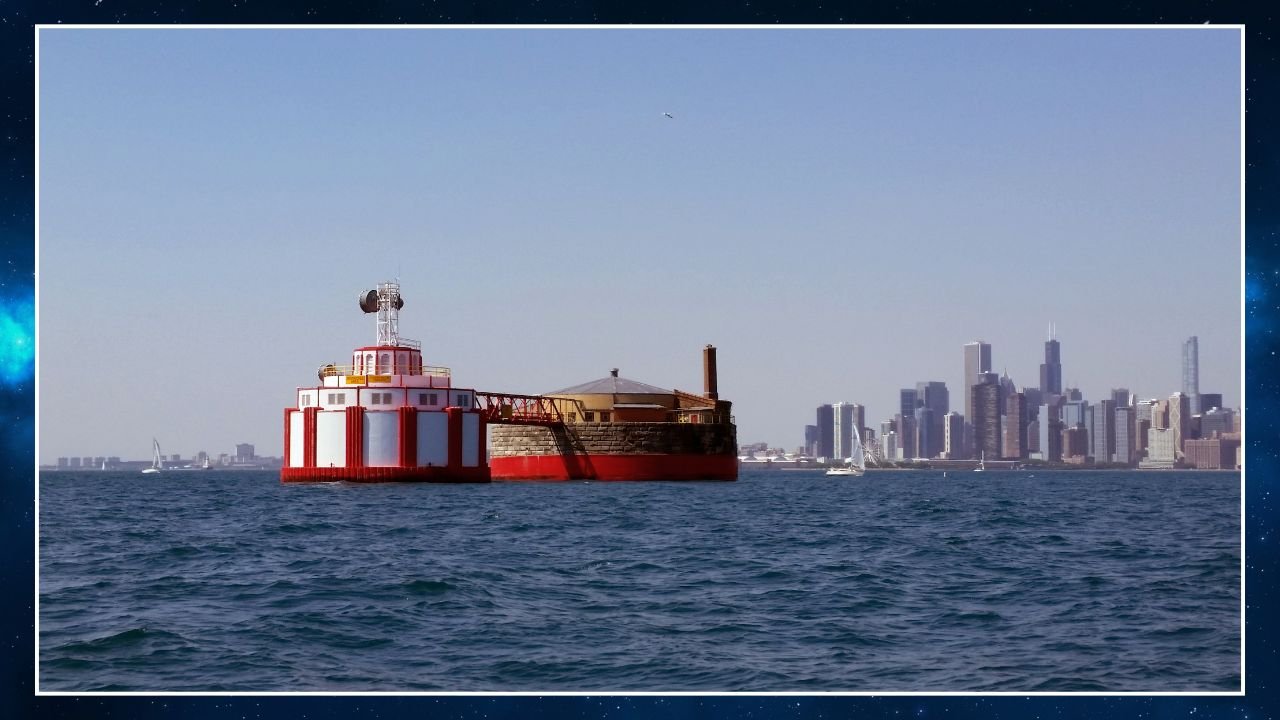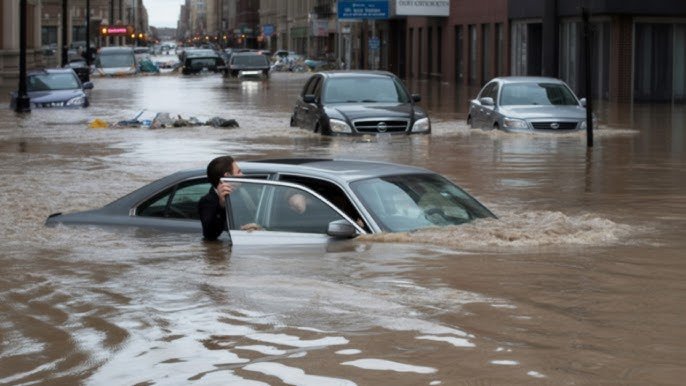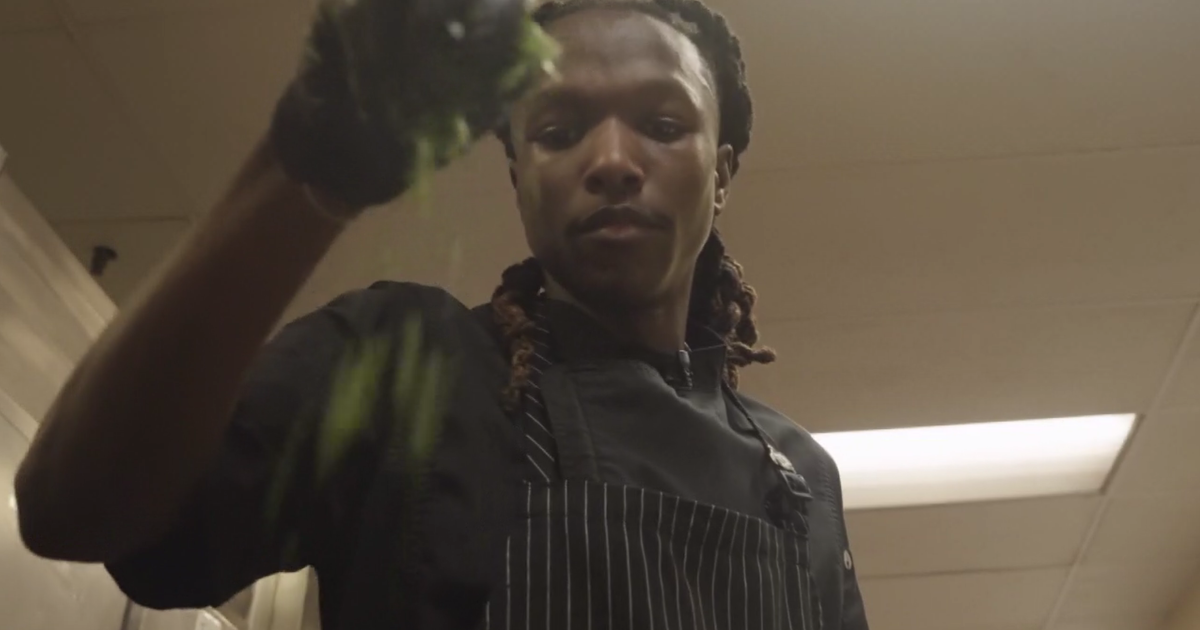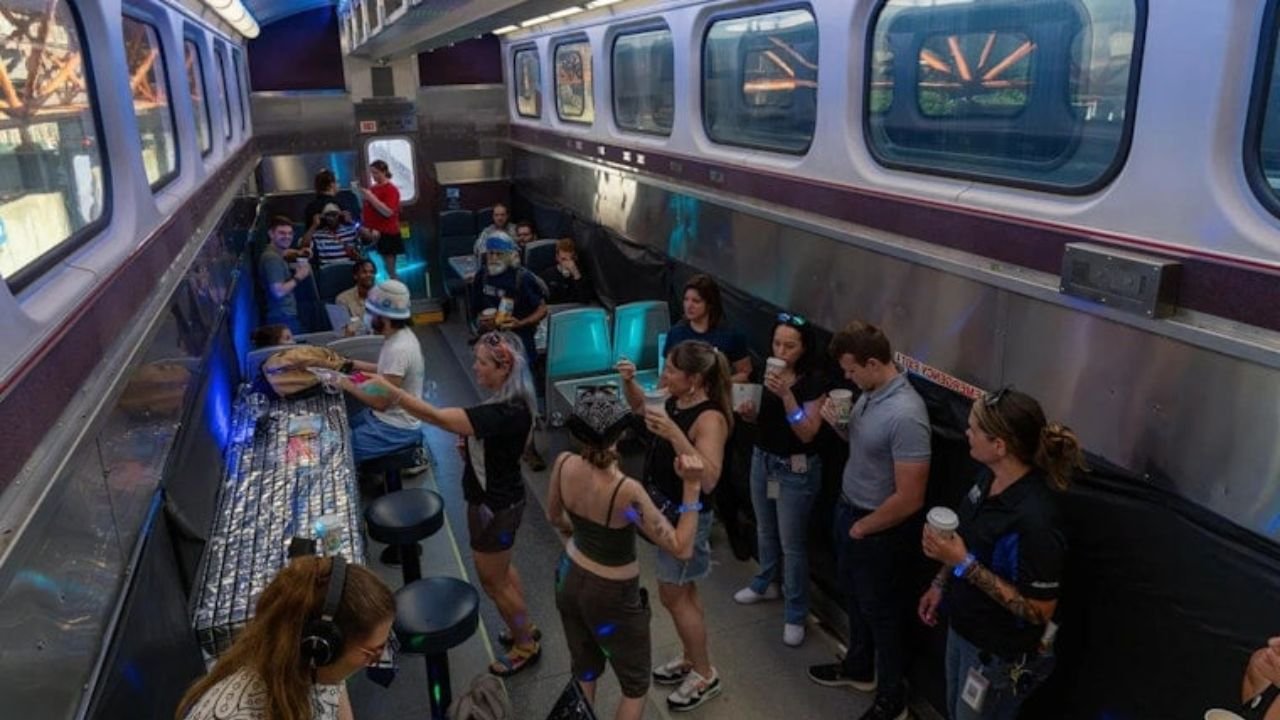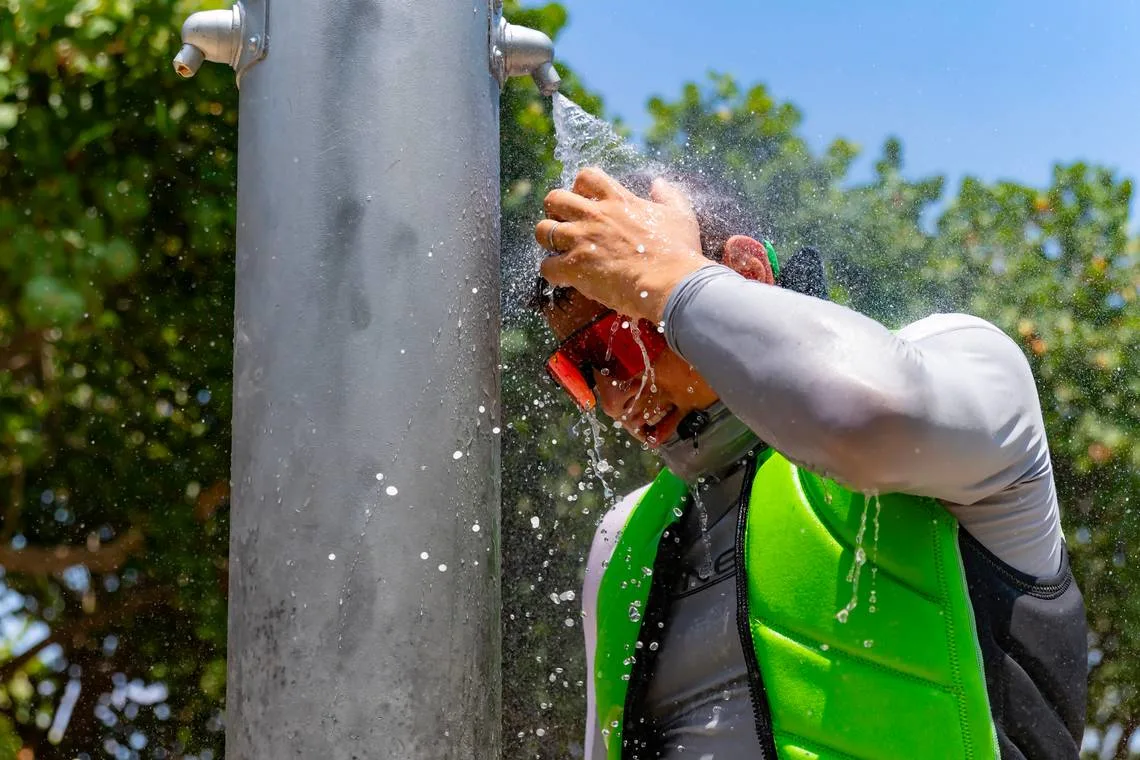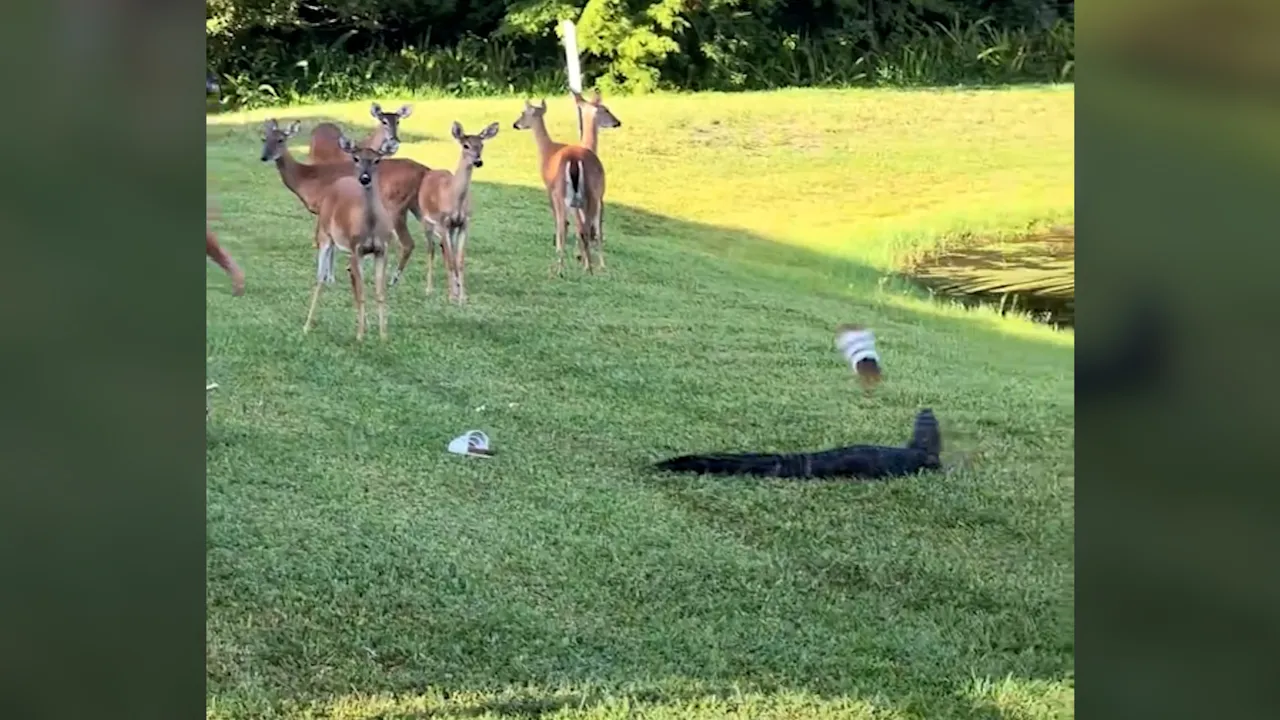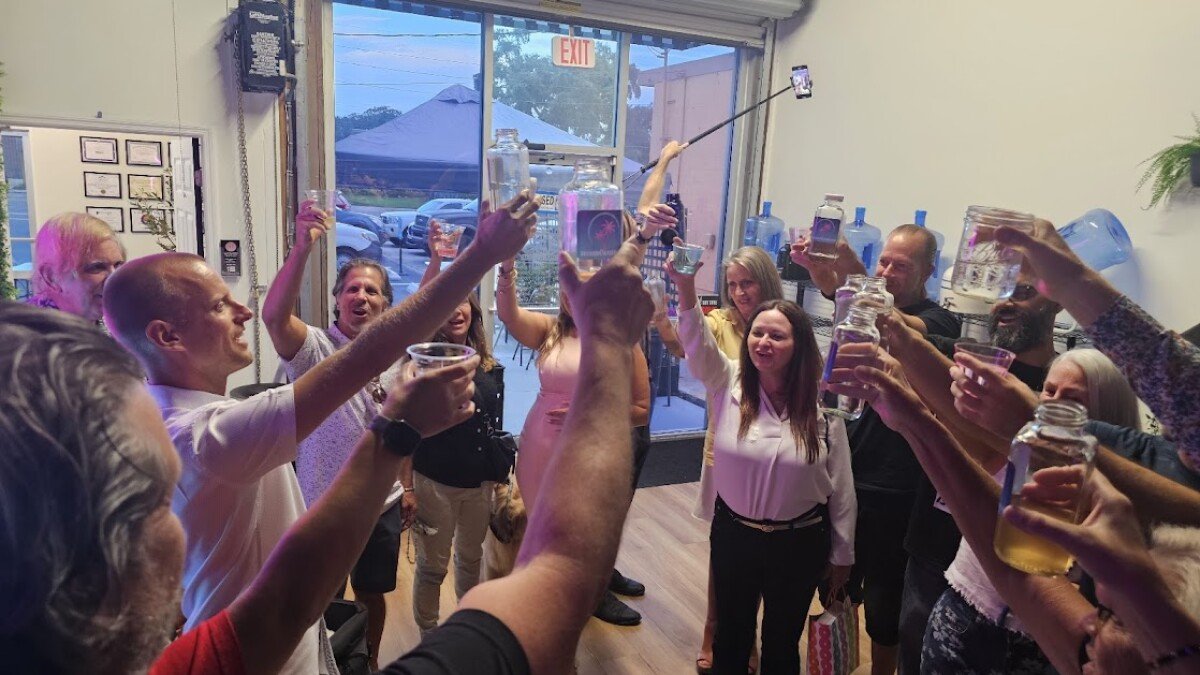CHICAGO — Sitting miles offshore in Lake Michigan, the water intake cribs may resemble lonely lighthouses or even floating circus tents. But these engineering feats are far more than scenery — they’re the starting point of a water delivery system that keeps millions of residents hydrated every day.
For many, these offshore structures are mysterious. Officially known as water intake cribs, they’re the entry point for freshwater pumped from Lake Michigan to the city’s purification systems — serving nearly 5 million people in Chicago and 120 neighboring suburbs.
“The cribs are basically the straw that brings the water from Lake Michigan into the water system,” said Megan Vidis, communications officer for the Chicago Department of Water Management.

A Crisis Sparked Innovation
In the mid-19th century, as Chicago’s population grew rapidly, untreated sewage from homes and factories contaminated the Chicago River — which flowed into Lake Michigan, the city’s main water source. The result: a deadly cholera outbreak in 1854 that killed more than 1,400 people.
To combat the public health crisis, Boston civil engineer Ellis Chesbrough proposed a radical idea: raise the city’s streets, build a sewer system above ground level, and reverse the river’s flow — so waste would no longer pour into the lake. He also pushed to move the water intakes further offshore, away from the pollution.
Construction of the first offshore crib — the Two-Mile Crib — began in 1864. Workers used picks, shovels, and donkey carts to dig a tunnel 194 feet below the lakebed, with separate teams boring from both ends. When they met, they were off by just seven inches — a feat urban planning expert Joseph Schwieterman called “Herculean.”

Chicago’s Hidden Legacy Beneath the Waves
After the Great Chicago Fire in 1871, six more cribs were built. Today, only two remain active: the Dever and Dunne cribs, with Dever being the most recent, constructed in 1935.
From these cribs, water flows to the Jardine Water Purification Plant, just north of Navy Pier. After treatment, it travels to homes, schools, and businesses throughout the region.
Many locals don’t realize that these structures are over 150 years old and still form the backbone of Chicago’s drinking water system. They’re also a haven for wildlife like seagulls, cormorants — and surprisingly, spiders.
“I don’t know how the hell they get all the way out there, but there are a lot of spiders,” Vidis noted.
Crib Life: From Ice-Busting Dynamite to Sailboat Races
Before the system was automated, crib tenders — like lighthouse keepers — lived onsite. They often had to blast ice with dynamite during winter to keep the intake pipes clear. While no one lives on the cribs now, maintenance crews still visit regularly.
Geoffrey Baer, a WTTW host and historian, described seeing the cribs up close during sailing races. From a distance, they serve as visual landmarks, but up close, they offer stunning city views — and a reminder of human ingenuity.
Preserving and Appreciating the Infrastructure
Schwieterman, who sees the cribs from his Loop campus office, emphasized their historical importance:
“Very little infrastructure from before 1875 survives, but the cribs are an exception. They’ve served us faithfully for over 150 years.”
Today, as Chicagoans enjoy clean tap water, few stop to think about where it comes from — or the elaborate system beneath the surface that makes it possible.
“We just took our waterways for granted for many, many years. Now we are rediscovering those in a big way,” Schwieterman said.
Have you ever spotted Chicago’s offshore water cribs from the beach or while boating? What do they make you think of — lighthouses, fortresses, or floating mysteries? Share your thoughts with us at ChicagoSuburbanFamily.com!

